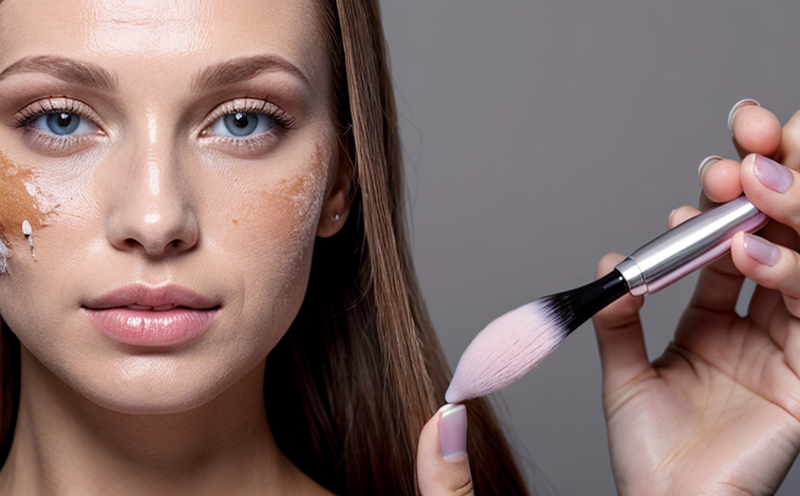Eye Irritation Testing for Cosmetic Compliance
In the cosmetics industry, ensuring product safety is paramount. Eye irritation testing plays a critical role in safeguarding consumers by identifying potential risks early on in the development process. This service ensures compliance with regulatory standards and provides data to support claims made about the safety of cosmetic products.
The eye irritation test evaluates the potential for ocular discomfort or damage when a substance comes into contact with the eyes. Regulatory bodies worldwide, such as the European Union (EU) Cosmetics Regulation, require this testing before a product can be marketed in specific regions. Compliance is not just about avoiding penalties; it’s about protecting your brand's reputation and ensuring consumer trust.
Our laboratory specializes in providing comprehensive eye irritation testing services using internationally recognized methods like the OECD Test Guideline 439 (Eyecell™ Assay) and ISO 10993-11. These tests are designed to assess the potential for local adverse effects on the eyes due to direct contact.
For R&D engineers, this service is crucial as it helps in refining formulas and selecting raw materials that meet stringent safety standards without compromising efficacy. Quality managers can leverage these results to maintain consistent product quality across different batches and production runs. Compliance officers ensure adherence to all relevant regulations, thereby minimizing legal risks.
Our testing process typically involves exposing a small quantity of the cosmetic formulation or ingredient to human corneal epithelial cells in vitro. The cells are then observed for any signs of toxicity over time. This approach allows us to provide accurate and reliable results that can be used to make informed decisions during product development.
The significance of this test cannot be overstated, especially when considering the global nature of the cosmetics market. Meeting local regulations not only opens up new markets but also enhances your brand’s credibility in existing ones. By partnering with us, you gain access to state-of-the-art facilities and expert knowledge, ensuring that your products meet the highest standards.
Our team of scientists and technicians is dedicated to delivering accurate, timely results that are essential for successful product launches. We adhere strictly to international guidelines to ensure consistency and reliability across all tests conducted in our laboratory.
Why It Matters
- Ensures compliance with EU Cosmetics Regulation (EC 1223/2009).
- Avoids potential legal and financial penalties associated with non-compliance.
- Maintains consumer trust by delivering safe products.
- Enhances brand reputation in competitive markets.
- Supports claims made about the safety of cosmetic products.
Scope and Methodology
| Test Type | Description |
|---|---|
| OECD Test Guideline 439 (Eyecell™ Assay) | In vitro test using human corneal epithelial cells to assess potential ocular irritation. |
| ISO 10993-11 | Standard for biocompatibility testing of medical devices, applicable to cosmetic products. |
International Acceptance and Recognition
- The OECD Test Guideline 439 is widely accepted by many countries including the EU, USA, Canada, Australia.
- ISO 10993-11 is recognized globally for its stringent biocompatibility requirements.
- Both tests are endorsed by leading regulatory authorities such as EMA and FDA.





